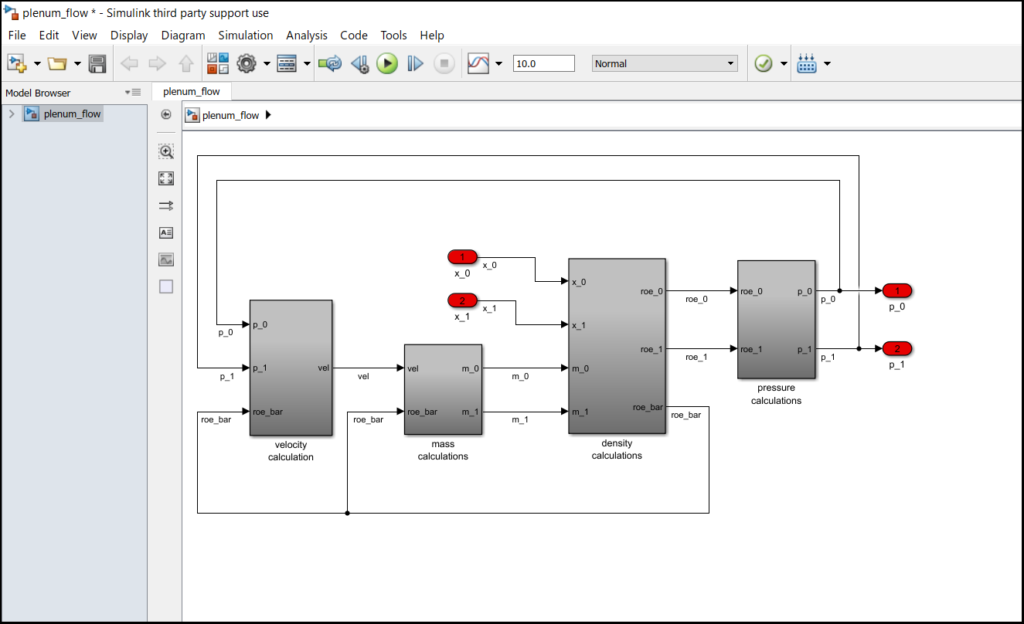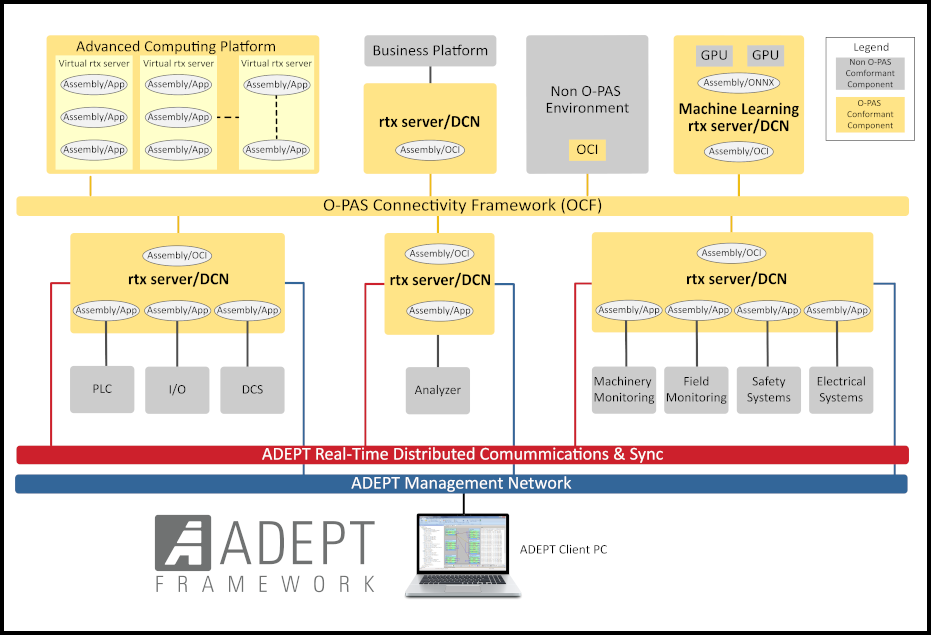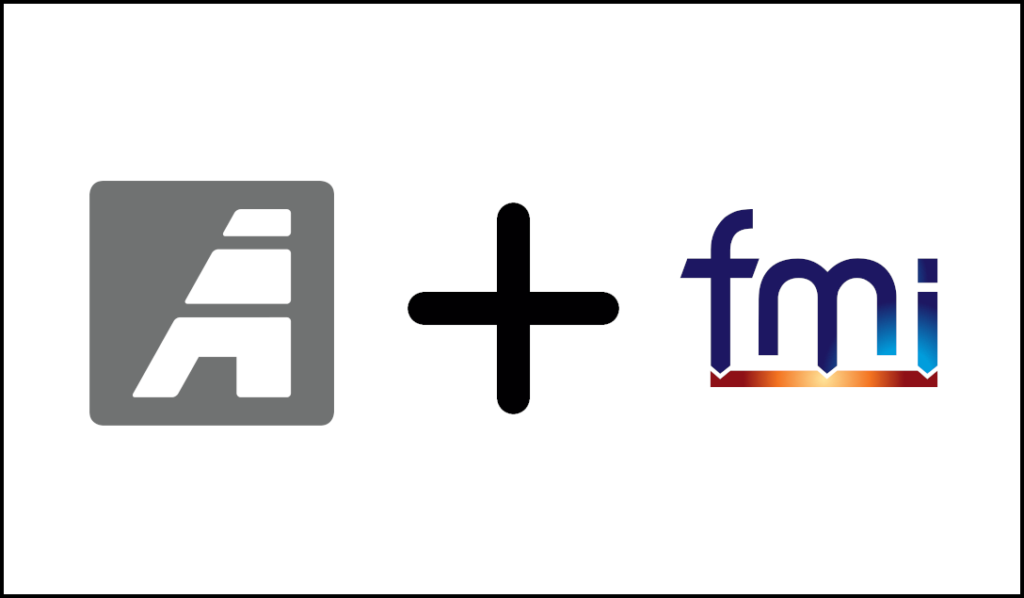In the decade from 2000 to 2010, a tremendous amount of technology advancement was seen using Simulink models to design a system, and use Simulink-interfaced code generators to output C code providing the behavioral capability associated with any intelligent subsystems within the designed system. This, along with other advancements in MBSE, has allows for the more and more complexity to be designed into a system while at the same time reducing product design cycles. Added complexity to provide a larger feature set, reduce energy consumption, reduce initial and maintenance costs, improved user experience, etc. have expanded the effort associated with the system verification tasks. More and more work is being placed on the systems verification team whose role is to ensure the product does exactly what it was designed to do, and nothing else.
The MBSE world is seeing an increased investment in model based systems verification teams, facilities, software, and business process to expand what is, for many product companies, a bottleneck in their PLM business operations.
The aircraft manufacturing market is a very interesting product business. Like many product companies, aircraft manufacturing involves product certification and rigorous PLM methods. The certification of an aircraft requires that each aircraft system be tested to ensure they meet all system requirements, and meet system-specific airworthiness standards. Then systems must be integrated as incomplete and complete sets to be verification tested ahead of the Flight Test. The Flight Test Program represents the final system integration testing effort. Model based verification involves testing one or more systems interfaced with simulation in order to put the system(s) through normal and failure mode conditions that are highly representative of the complete aircraft behavior.
This activity involves a wide range of artifacts including simulation models, requirements documents, design documents, traceability matrices, test framework projects, facilities, product domain experts, test cases, verification software, real-time computer systems, and prototype aircraft systems. Each of these artifacts is being refined and is evolving through the product lifecycle. This results in a challenging management tasks in order to perform model based system verification in a timely and cost-effective manner. This paper reviews the historical trend of model based systems verification for aircraft, reviews the traditional methodologies and facilities that have become industry norms, looks at the software capabilities and requirements associated with a world-class model based verification process, reviews the MBSE verification process itself, and reviews in-detail, some of the new MBSE verification facilities being used in the aircraft manufacturing market, and discusses business process trends associated with this fast-changing area of the PLM world.
The Expanded Reach of Simulation Based Aircraft System Verification and its Software Capability Requirements PDF (2.3 MB)



